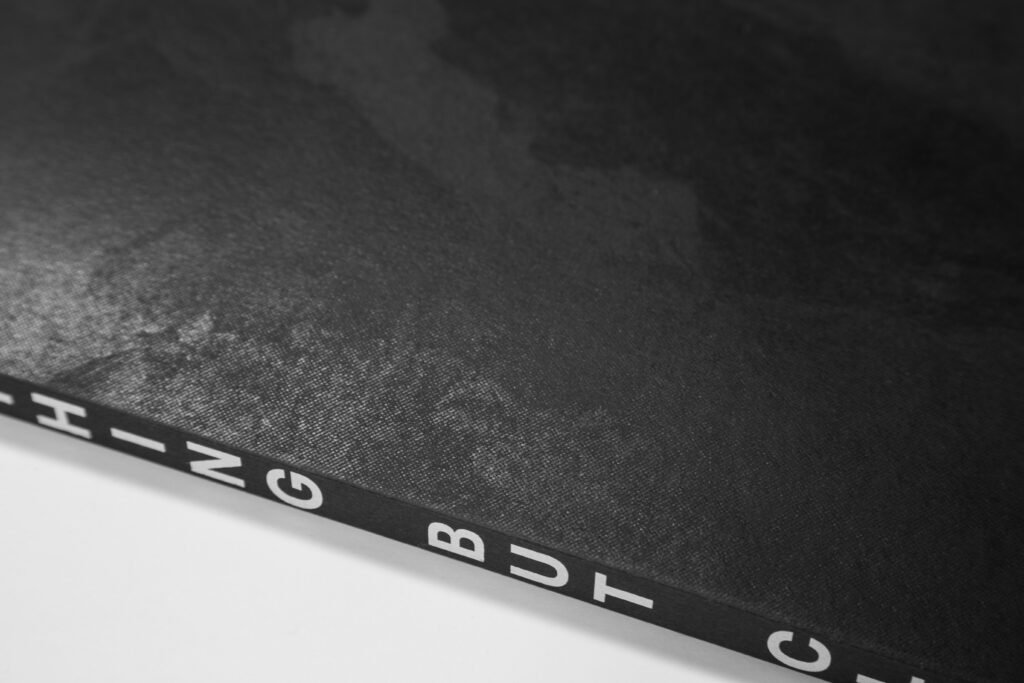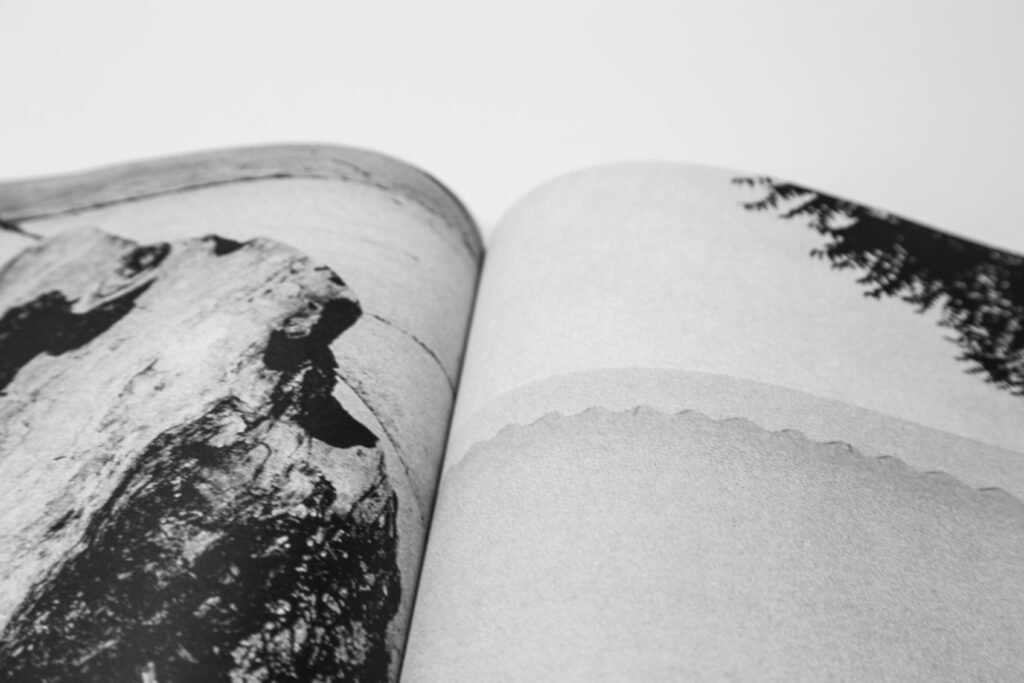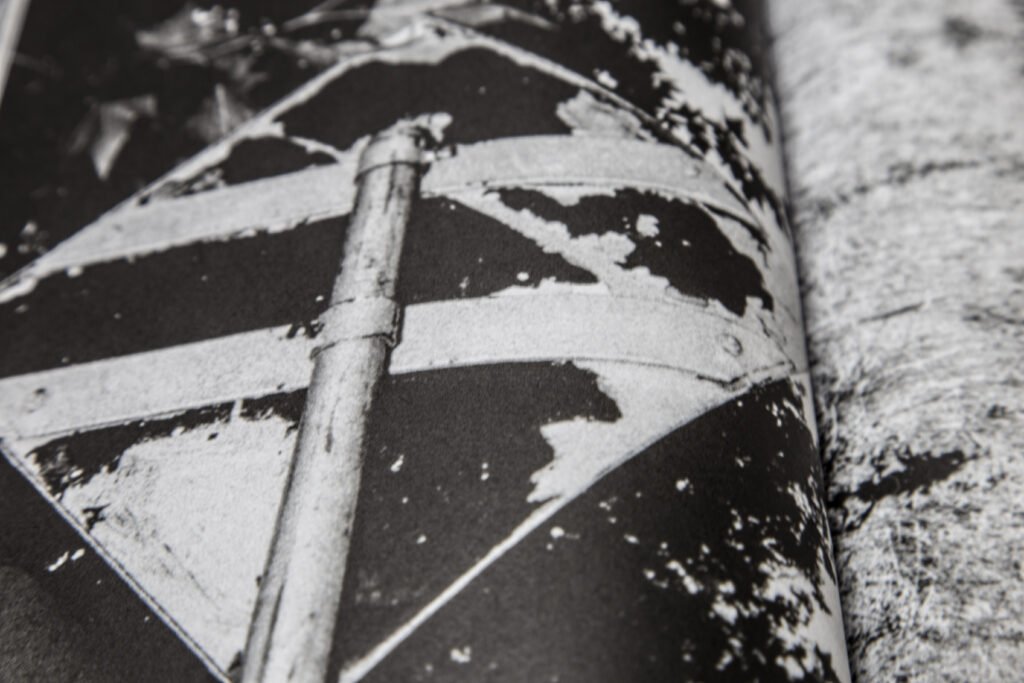If a photobook is a form of storytelling through images, Nothing But Clouds by Kristina Jurotschkin is something much more: one long movement decomposed into hundreds of individual shots; temporal fragments of an ever-lasting path. Jurotschkin’s sequence of images seems to arise from a non-place which eludes any precise elements that would lead to its identification; a neutral space that remains on the borderline between objective reality observed through photography and the expressive will of the artist, leading to another dimension, closer to fiction.
These are photographs of urban surfaces, details of buildings, remnants of nature, rubble, unrecognizable geometric structures, suspended cables, partitions, ventilation pipes, isolated pylons, waste in the street, scraps of a suspended city that leaves isolated traces of itself. In some ways, “Nothing But Clouds” recalls Christopher Wool’s “East Broadway Breakdown” – a dystopian black-and- white vision of daily debris left by the city’s inhabitants. Shot at night time, East Broadway appears almost unrecognizable, a place where street signs and cracks in the road become autonomous, cruel visual patterns.
In Wool’s work, the biographical slant provides the pretext to its visual narrative: the road around the photographer’s studio transforms into a mise-en- scene of pictorial objects. In “Nothing but clouds”, the vista widens: it isn’t one road – the biographical road – but multiple possible paths, places and stories. In fact, “Nothing but Clouds” is a direct quote by Andrej Tarkovsky’s “Solaris”, a sci-fi film, which suggest that all human attempts, however obsessive, to find alien life in space may only lead to recurrent experiences. Even Tarkovsky’s artistic attempt to break new ground with the sci-fi genre did not preclude comparisons with other models of the same genre – namely, Chris Marker’s “La jetée”. In this short film, built from sequences of still images, we live the experience of the past and the present through the future; the image becomes a pretext to remind us of our origin, to specify our uniqueness as individuals who build personal experiences in the world as part of a collective memory. It is the motionless image, which leaves no room for time, but becomes the synthesis of time itself, of familiar and emotional time, the time in which to recognize the authenticity of one’s own experience as individuals and as producers of other images (memories).
–
website: Kristina Jurotschkin
Instagram: kristinajurotschkin
publisher: MACK
–
review by Francesco Bertocco
–
copyright © Kristina Jurotschkin and PHROOM, all rights reserved
–








